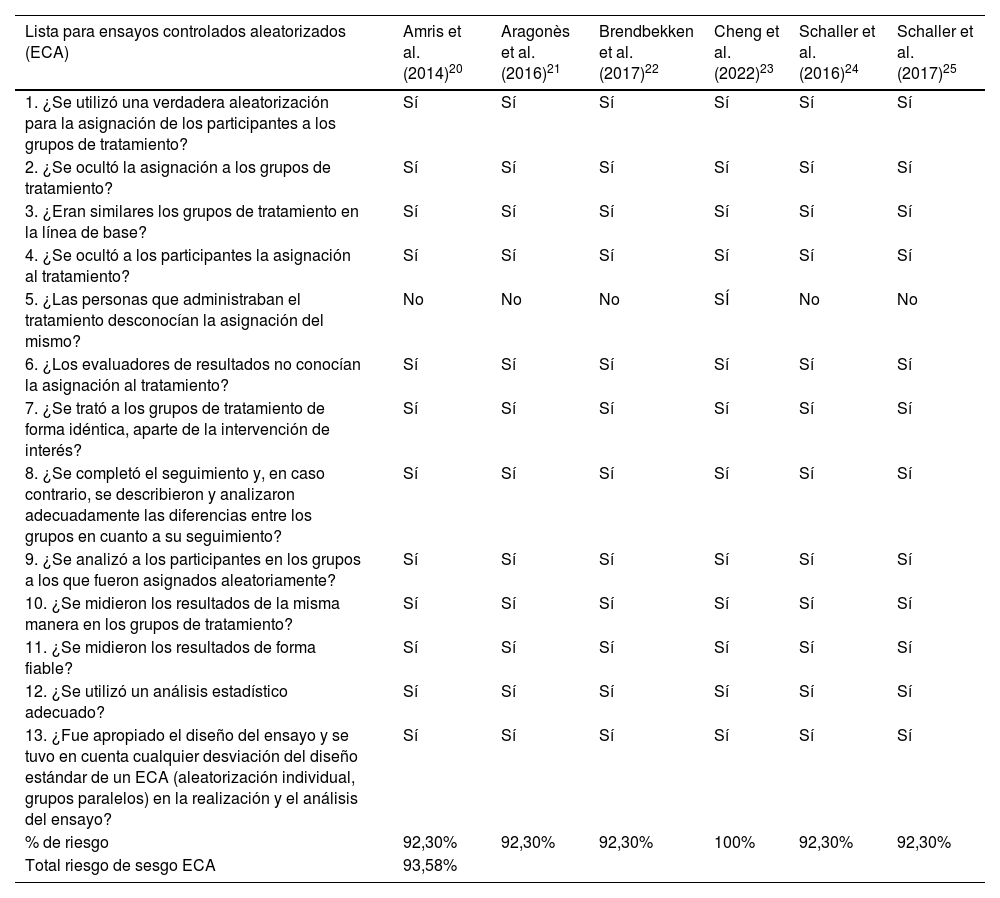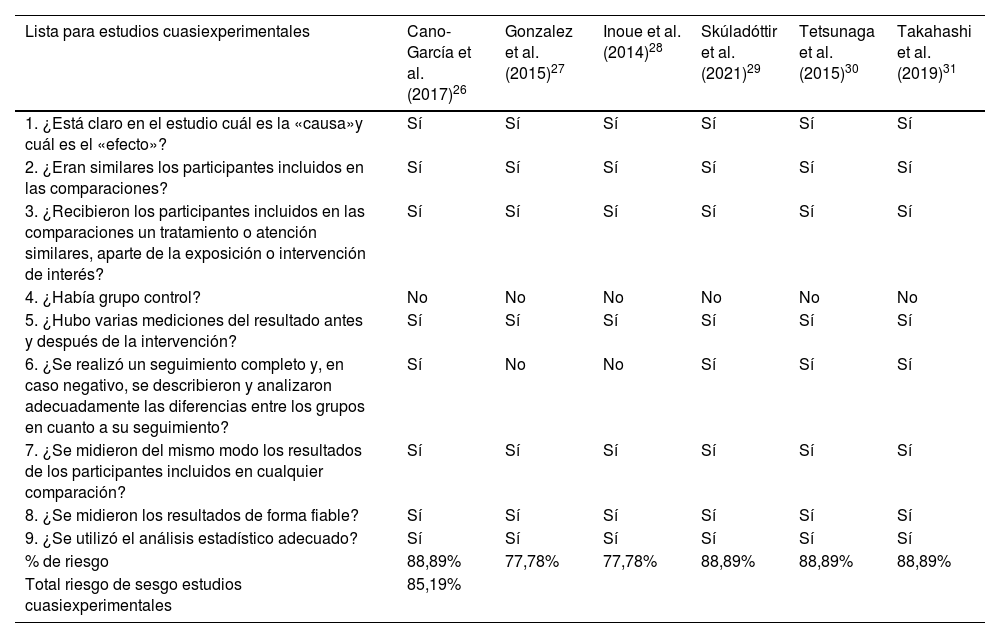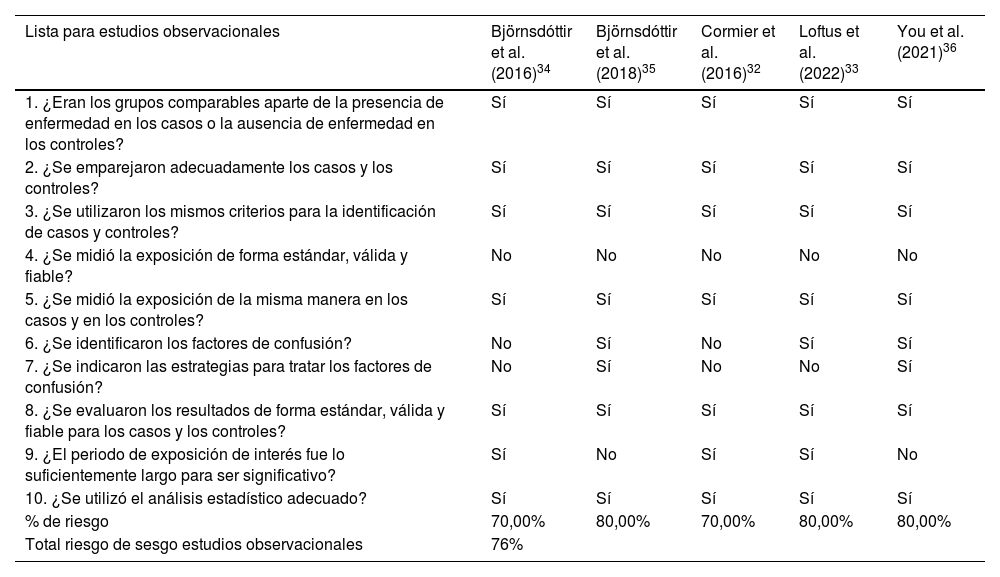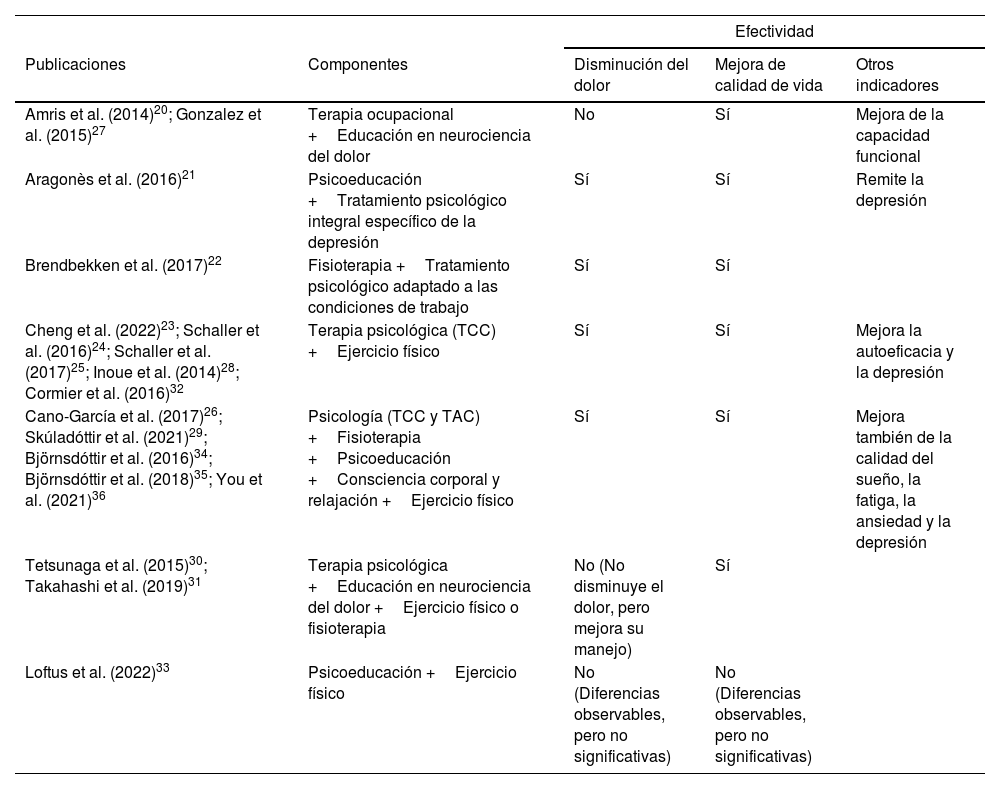El dolor crónico constituye un problema de salud pública que padece el 20% de la población mundial. Los abordajes farmacológicos resultan insuficientes, y se propone un abordaje multiterapéutico que incluya también terapias no farmacológicas (terapias psicológicas, meditación, ejercicio físico, hábitos saludables…). El objetivo de esta revisión fue analizar la evidencia científica existente sobre el efecto de los programas multicomponentes con terapias no farmacológicas en personas con dolor crónico no oncológico. Para ello, se realizó una búsqueda de artículos científicos en tres bases de datos (PubMed, Web of Science y PsycINFO) y se seleccionaron 17 artículos, siguiendo las recomendaciones PRISMA. Los pacientes que participaron en estos programas fueron mayoritariamente mujeres, de 18 a 80años, que trabajaban o estaban de baja laboral por dolor, con estudios de secundaria o inferiores y casadas. Los dolores más frecuentes fueron de tipo musculoesquelético, principalmente lumbalgia. Todos los artículos estudiaban la efectividad de dos o más terapias, destacando las terapias psicológicas, el ejercicio físico y la educación. Se obtuvieron resultados positivos en la disminución de distintas variables como el dolor, la catastrofización del mismo, la ansiedad y la depresión, además de mejorar la funcionalidad y la calidad de vida. Las expectativas previas de los pacientes con respecto a la intervención influyeron en su efectividad. Aunque hubo gran heterogeneidad en las intervenciones, en los métodos de evaluación y en los propios resultados, se puede concluir que los programas multicomponentes arrojan resultados positivos en el abordaje del dolor crónico, por lo que deben incorporarse como tratamiento terapéutico habitual.
Chronic pain is a public health problem suffered by 20% of the world's population. Pharmacological approaches are insufficient, so a multi-therapeutic approach that also includes non-pharmacological therapies (psychological therapies, meditation, physical exercise, healthy habits, etc.) is proposed. The aim of this review was to review the existing scientific evidence on the effect of multicomponent programs with non-pharmacological therapies in people with chronic non-oncologic pain. To this end, a search for scientific articles was carried out in three databases (PubMed, Web of Science and PsycINFO) and 17 articles were selected, following the PRISMA recommendations. The patients who participated in these programs were mostly women, aged 18 to 80years, working or on sick leave due to pain, with secondary education or less and married. The most frequent pain was musculoskeletal, mainly low back pain. All the articles studied the effectiveness of two or more therapies, highlighting psychological therapies, physical exercise and education. Positive results were obtained in the reduction of different variables such as pain, pain catastrophizing, anxiety and depression, in addition to improving functionality and quality of life. It has also been shown that patients’ prior expectations regarding the intervention influence its effectiveness. Although throughout the review there was great heterogeneity in the interventions, in the evaluation methods and in the results themselves, it can be concluded that multicomponent programs show positive results in the management of chronic pain, and should therefore be incorporated as a routine therapeutic treatment.














